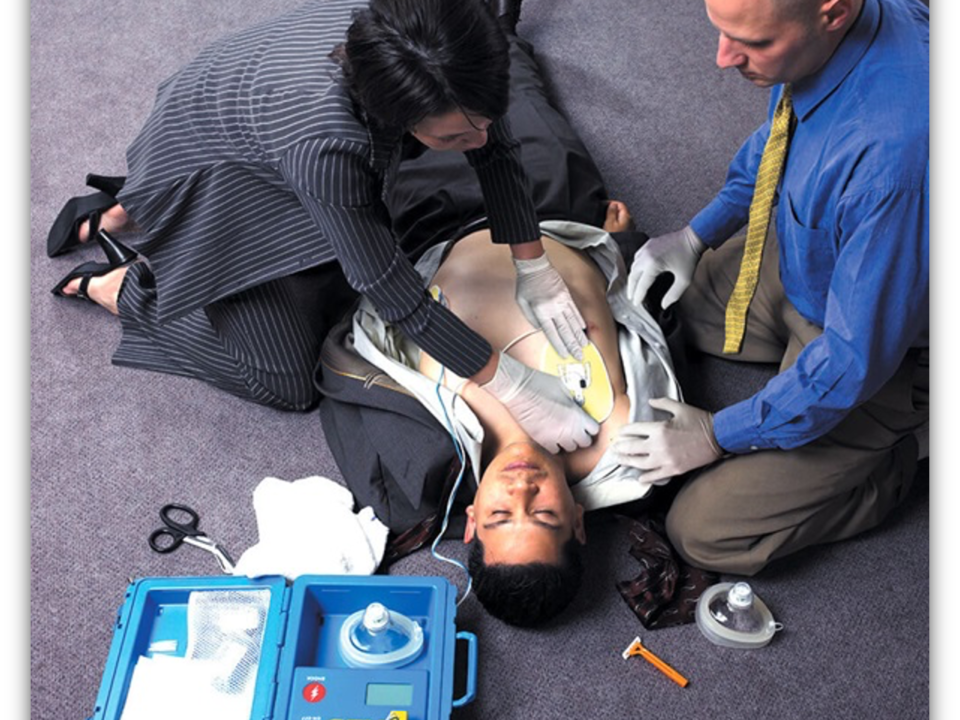The presentation on Pediatric Basic Life Support (PBLS) outlines key principles and techniques for effective resuscitation in infants and children. It emphasizes the importance of rapid recognition of emergencies, immediate initiation of chest compressions, and proper ventilation to improve outcomes. Asphyxial cardiac arrest is more common in this population, underscoring the critical role of effective ventilation. High-quality CPR involves adequate compression depth, optimal rates (100–120/min), minimizing interruptions, ensuring full chest recoil, and avoiding excessive ventilation. For infants, the two-thumb encircling-hands technique is recommended, while for children, the two-hand technique is preferred due to better compression depth and reduced rescuer fatigue. The compression-to-ventilation ratio is 30:2 for single rescuers and 15:2 for two rescuers, with a ventilation rate of 20–30 breaths per minute during continuous compressions. Lay rescuers should not delay CPR to check for a pulse, as manual pulse checks can lead to harmful pauses. Additionally, the presentation highlights the importance of using firm surfaces for CPR and maintaining an open airway with a head-tilt angle of 144–150 degrees. These guidelines aim to enhance survival rates and outcomes in pediatric cardiac arrest scenarios.

Obstetric Airway Management 2024
February 7, 2025



